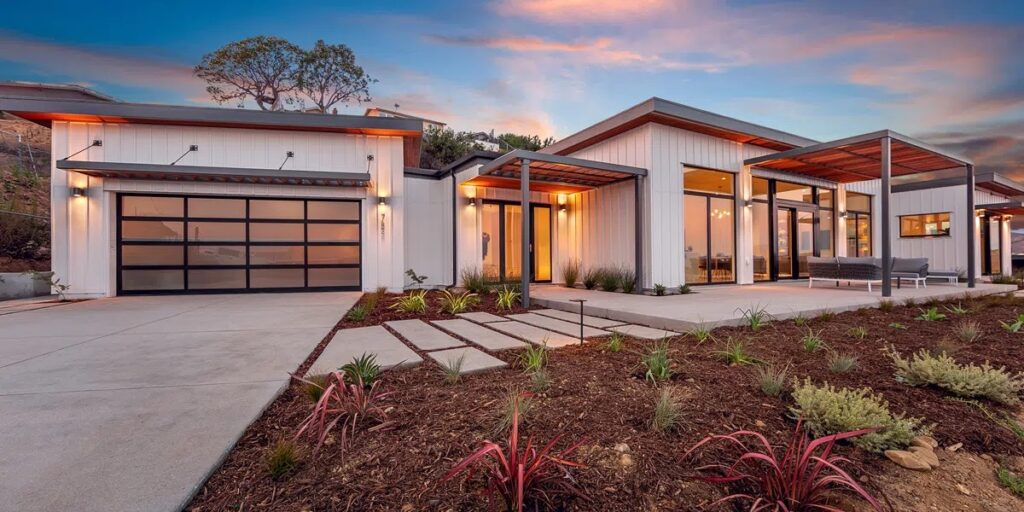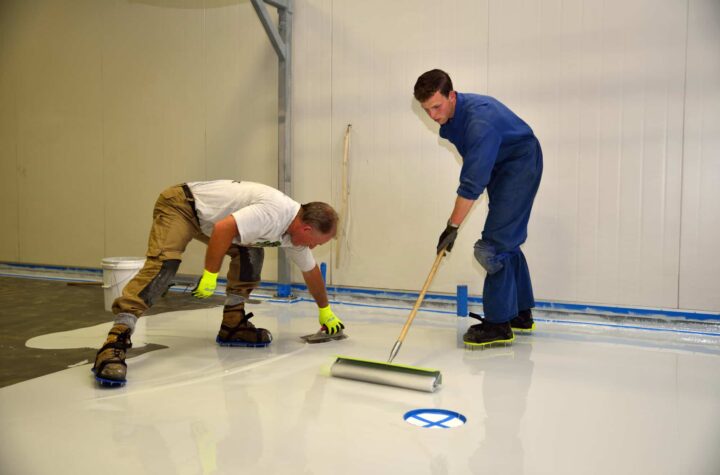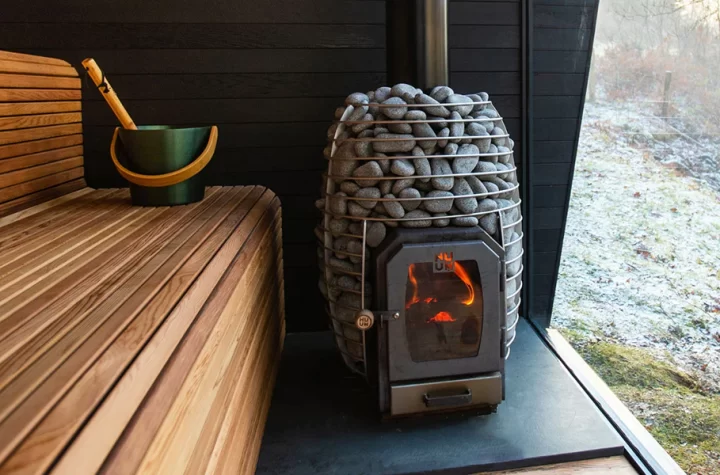
Whether you’re a first-time home builder or a seasoned pro, building a property in extreme weather conditions can be a challenge. It’s important to consider factors such as high winds, heavy snow, and extreme temperatures when planning and constructing a new property.
Luckily, we’ve got some tips and tricks to make the process a little easier. In this guide, we’ll cover everything from choosing the right sloping block builder to selecting durable materials that can withstand harsh weather conditions.
Choose the Right Builder
The first step in building a property in extreme weather conditions is to find the right builder. Look for a builder with experience constructing properties in similar weather conditions as the one you’re building in. Sloping block builders are often a good choice for properties built on hillsides or in areas prone to heavy snow or strong winds. Hiring a builder who is knowledgeable about local weather patterns and construction challenges can help ensure that your property is built to withstand the elements.
Select Durable Materials
When building a property in extreme weather conditions, it’s important to select materials that can withstand the harsh environment. Look for materials that are designed to resist moisture, wind, and extreme temperatures. For example, steel framing and concrete are both durable choices for properties built in areas with high winds or heavy snow. Additionally, insulated windows and doors can help keep your property warm in the winter and cool in the summer, reducing energy costs and increasing comfort.
Plan for Drainage
Proper drainage is essential when building a property in areas with heavy rain or snow – plan for proper drainage from the beginning to prevent flooding or water damage. Your chosen builder should be able to help create a property design that allows for natural drainage while still maintaining the structural integrity of the property. Additionally, consider installing gutters and downspouts to direct water away from the property and prevent erosion.
Use Proper Insulation
Insulation is key to keeping your property comfortable in extreme weather conditions. Look for insulation that is designed to withstand high winds, moisture, and extreme temperatures. Spray foam insulation is a good choice for properties in areas with extreme weather, as it provides airtight sealing and helps prevent air leaks. Additionally, consider using more insulation than you might normally in a property built in a milder climate. This can help reduce energy costs and improve comfort levels.
Strong Retaining Walls
Retaining walls are vital in the construction of a property in extreme weather conditions, as they provide critical support to the property’s foundation. They keep the ground in its place and prevent any soil erosion caused by heavy rainfall or severe windy conditions. To ensure the walls are robust, choose high-quality materials that can withstand the impact of harsh weather conditions.
Consider Building Codes
Before starting construction on a property in extreme weather conditions, it’s important to consider local building codes, as these may require additional steps to ensure the safety and durability of the property in harsh weather conditions. For example, some codes require the use of hurricane straps or anchor bolts to secure the property to the ground in areas with high winds or to prevent damage in case of an earthquake. Be sure to work with a builder who is knowledgeable about local building codes to ensure that your property meets all necessary safety requirements.
Building a property in extreme weather conditions can be a challenge, but with the right planning and construction techniques, it’s a manageable one
Choosing the right builder, selecting durable materials, planning for proper drainage, using proper insulation, and considering local building codes can help ensure that your property is built to last in even the harshest weather conditions. By following these tips and tricks, you can build a comfortable and durable property that can weather any storm. Good luck!






More Stories
You’re Go-To Source for Memphis Safety Equipment
A Correct Application of Flooring with Epoxy
Time to Delve into the Oval Charm of Barrel Saunas